
The history of handmade soaps is a fascinating journey that spans thousands of years and crosses many cultures. It is a story of human ingenuity, resourcefulness, and the quest for cleanliness and health.
Ancient Beginnings
The origins of soap-making date back to ancient civilizations. The earliest recorded evidence of soap-like substances comes from Babylon around 2800 BCE. Archeologists have found clay cylinders engraved with a formula for soap made from fats boiled with ashes. Similarly, the ancient Egyptians developed a soap-like substance for washing and treating skin diseases as well as for cleaning.
Classical Antiquity
The Greeks and Romans also made significant contributions to soap-making. The Greeks used a mixture of lye and ashes for cleansing purposes, while the Romans improved the formula by adding animal fats to the mixture, creating a more effective cleaning product. Public baths in Roman cities were common, and soap became an essential part of their hygiene practices.
Medieval Europe
During the Middle Ages, soap-making evolved further, particularly in Spain and Italy where it became a well-established craft. In the 7th century, soap-makers began using vegetable oils like olive oil, which led to the creation of Castile soap, named after the Castile region in Spain. European soap-makers also began incorporating fragrances and herbs into their soaps, making them more appealing and luxurious.
The Renaissance and Industrial Revolution
The Renaissance saw soap-making become a prominent industry in Europe, particularly in France and England. In the 17th century, France became known for its high-quality soaps made from olive oil and sea salt. The Industrial Revolution in the 18th and 19th centuries dramatically changed the soap industry. Soap production became more efficient with the development of new chemical processes, like the Leblanc process, which made soda ash from common salt. This allowed soap to be produced on a much larger scale and made it more accessible to the general population.
Modern Era and the Revival of Handmade Soaps
In the 20th century, commercial soaps became ubiquitous, often made with synthetic detergents rather than natural ingredients. However, the late 20th and early 21st centuries saw a revival of interest in handmade, natural soaps. Many people began to seek out artisanal products made with organic ingredients, free from synthetic additives. This resurgence was driven by a growing awareness of environmental issues and a desire for healthier, more sustainable living.
Today, handmade soaps are celebrated for their variety, quality, and the artisanal craftsmanship that goes into each bar. They are often made using traditional methods such as cold process or hot process, and can include a wide range of natural ingredients like essential oils, herbs, and botanicals. Handmade soaps not only serve a practical purpose but also offer a luxurious and personalized bathing experience.
In conclusion, the history of handmade soaps is a rich tapestry that reflects the evolving needs and values of societies over millennia. From ancient Babylon to modern-day artisanal markets, soap-making has continually adapted and thrived, making it an enduring and cherished craft.
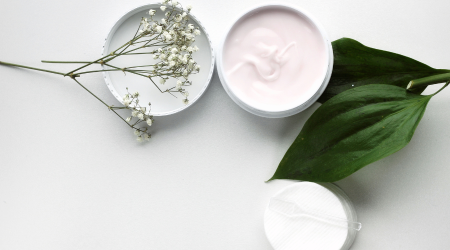





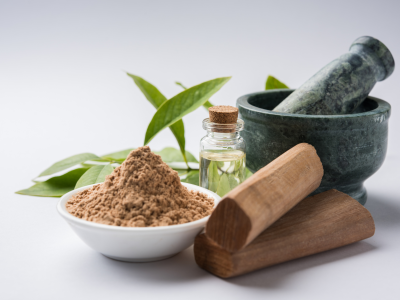
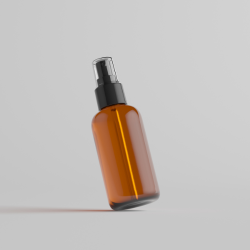

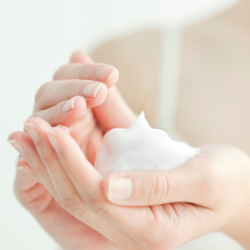

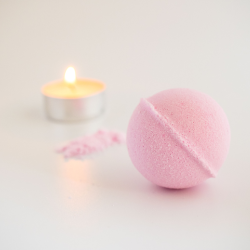





Leave a comment